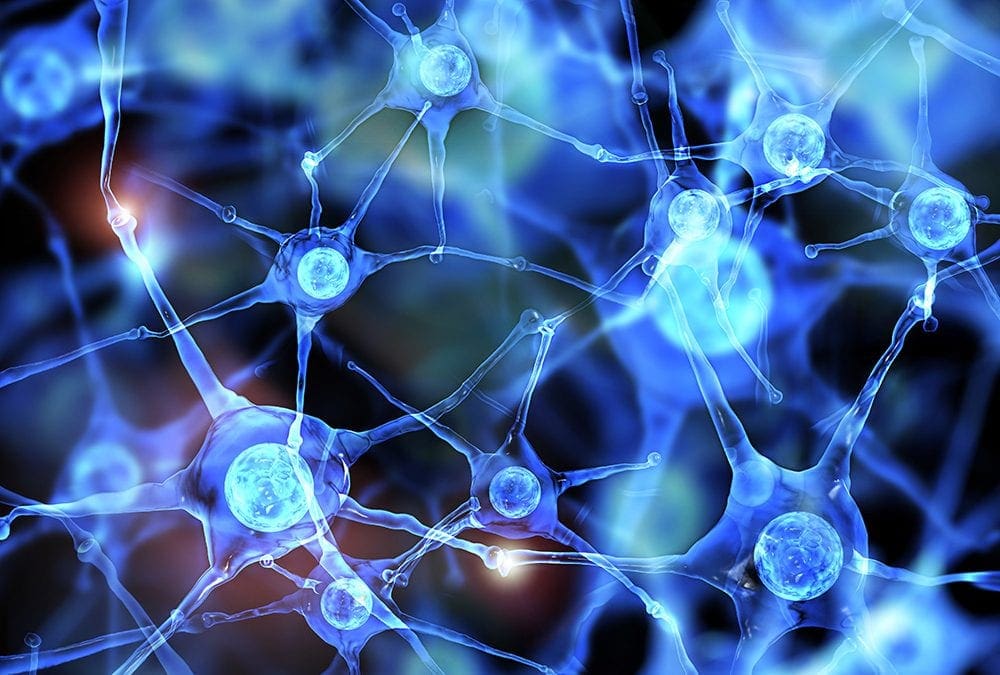Neuroinflammation is inflammation of the nervous tissue. It may be initiated in response to a variety of cues, including infection, traumatic brain injury, toxic metabolites, or autoimmunity.
In the CNS, including the brain and spinal cord, microglia are the resident innate immune cells that are activated in response to these cues. The CNS is typically an immunologically privileged site because peripheral immune cells are generally blocked by the blood–brain barrier (BBB), a specialized structure composed of astrocytes and endothelial cells. However, circulating peripheral immune cells may surpass a compromised BBB and encounter neurons and glial cells expressing major histocompatibility complex molecules, perpetuating the immune response. Although the response is initiated to protect the central nervous system from the infectious agent, the effect may be toxic and widespread inflammation as well as further migration of leukocytes through the blood–brain barrier.
Neurodegeneration, the progressive dysfunction and loss of neurons in the CNS, is the major cause of cognitive and motor dysfunction. While neuronal degeneration is well‐known in Alzheimer’s and Parkinson’s diseases, it is also observed in neurotrophic infections, traumatic brain and spinal cord injury, stroke, neoplastic disorders, prion diseases, multiple sclerosis and amyotrophic lateral sclerosis, as well as neuropsychiatric disorders and genetic disorders. A common link between these diseases is chronic activation of innate immune responses including those mediated by microglia, the resident CNS macrophages.
As the Greek name implies, glia are commonly known as the glue of the nervous system but, as non-neuronal cells, they essentially shape many key functions of the central nervous system (CNS). In contrast to other glial cells, microglia are more closely related to the peripheral immune system than to the neuroectoderm, making them unique within the CNS. Recent data suggest that brain-resident microglia are functionally distinct from the bone marrow-derived macrophages that invade the CNS under pathological conditions. During the last few years, the advent of novel tools in imaging, genetics and immunology, in particular high-throughput sequencing methods, has dramatically improved research of microglial biology. Recent studies, making use of these new methodologies, have yielded unexpected results that challenge the traditional view of microglia as simply scavengers of the diseased CNS.
Additional factors in humans include ageing and exposure to environmental factors that may be human specific and therefore difficult to translate from animal models. Nevertheless, a better understanding of how immune responses are involved in neuronal damage and regeneration, it will be essential to develop effective therapies to improve quality of life, and mitigate the personal, economic and social impact of these diseases.

Specializing in rare disease, Boston Biotech Clinical Research works with biotech, pharmaceutical, device companies and investors to streamline the clinical trial process. Our experienced team helps each client reach their specific goals by customizing a clinical and regulatory road map of simplified programs and streamlined protocols to meet our clients’ requirements.

